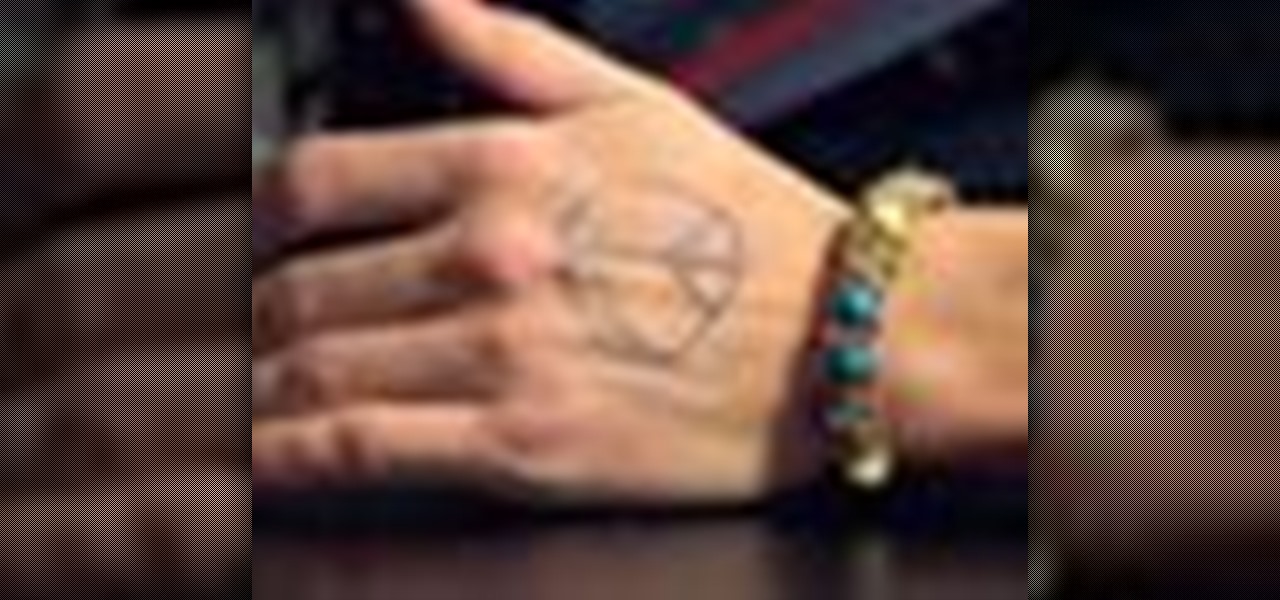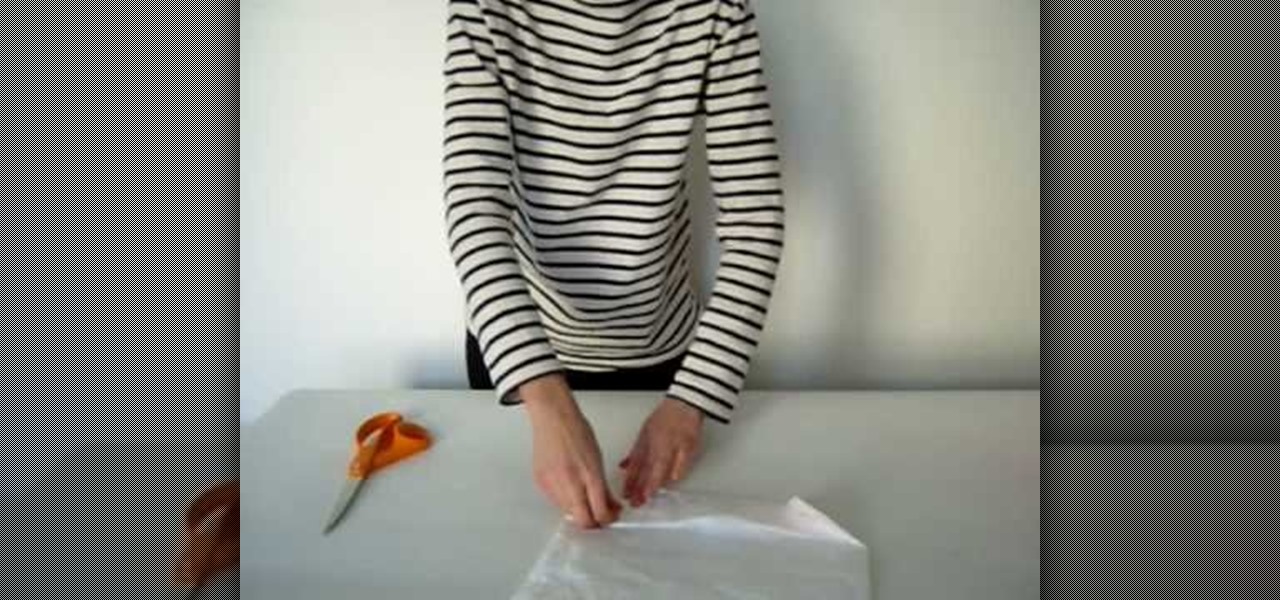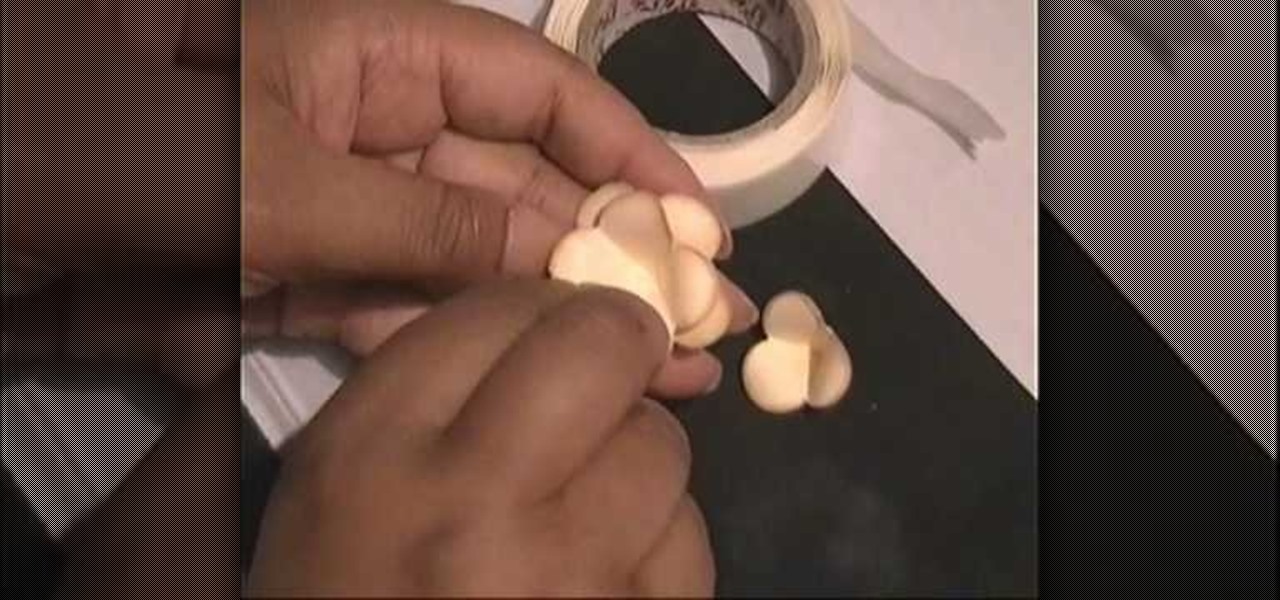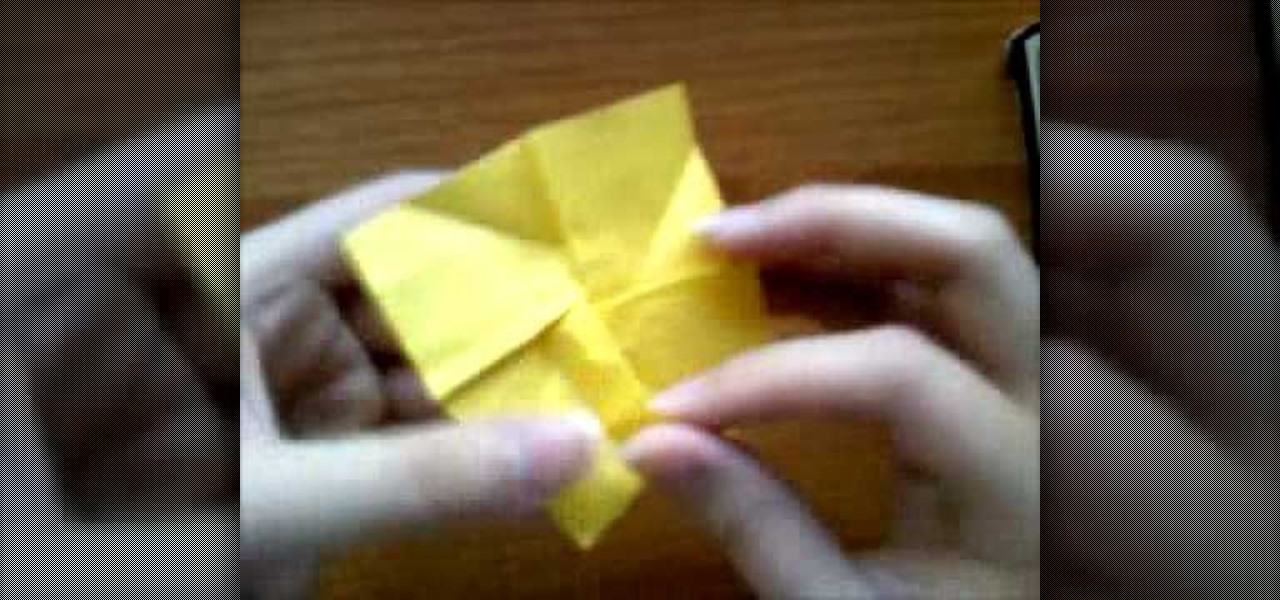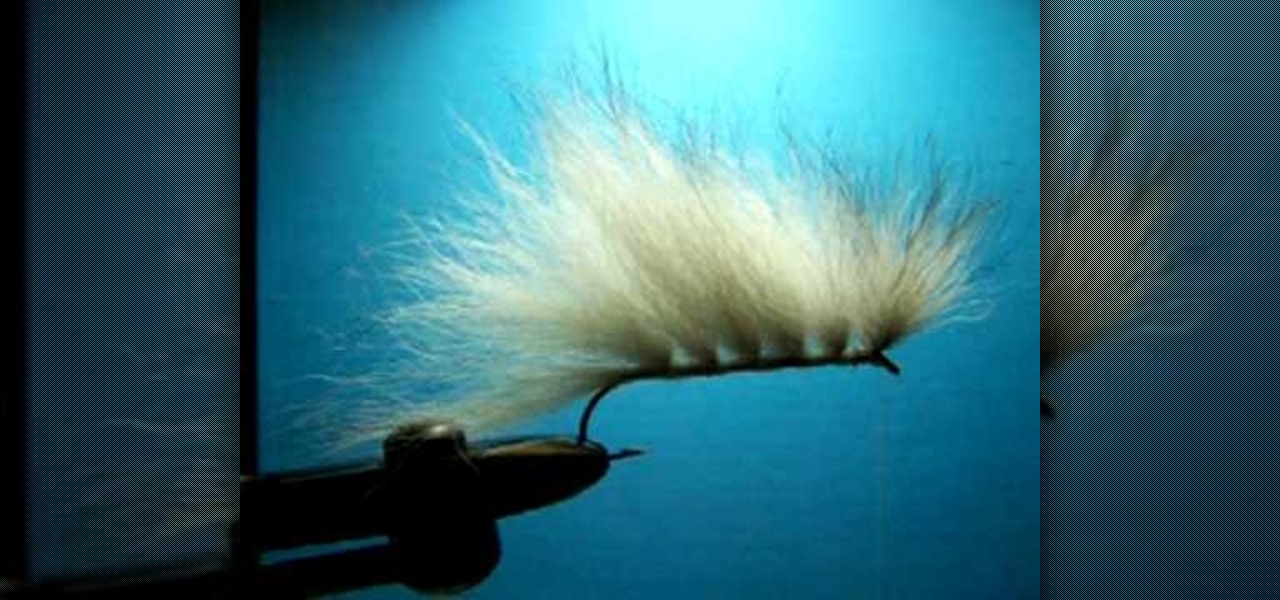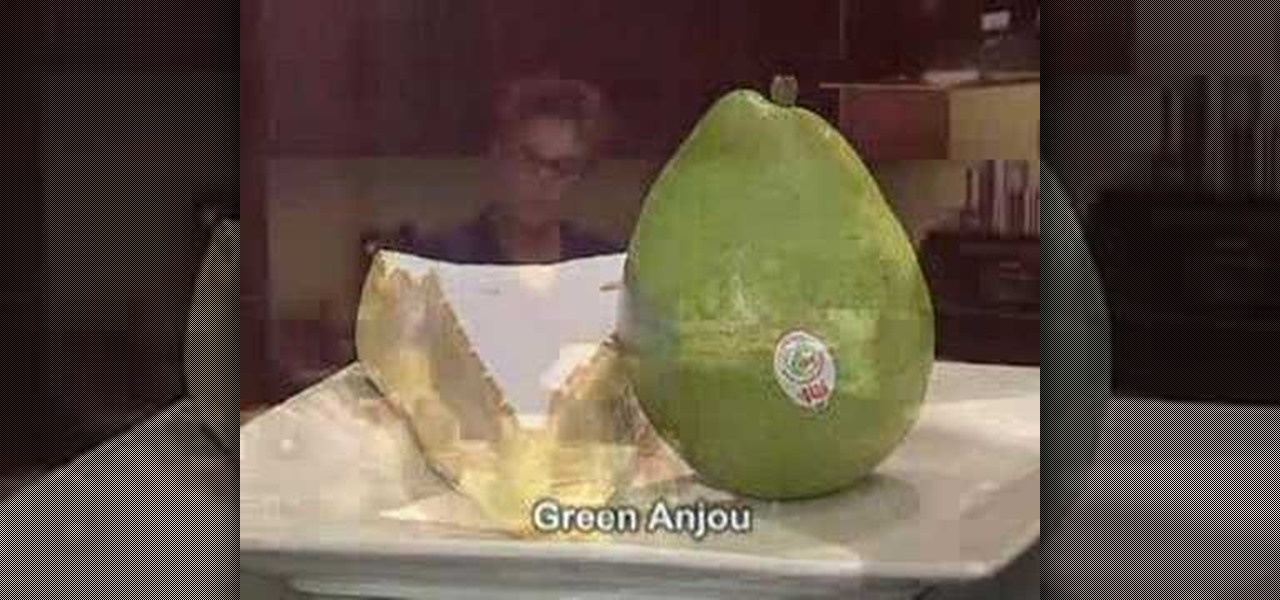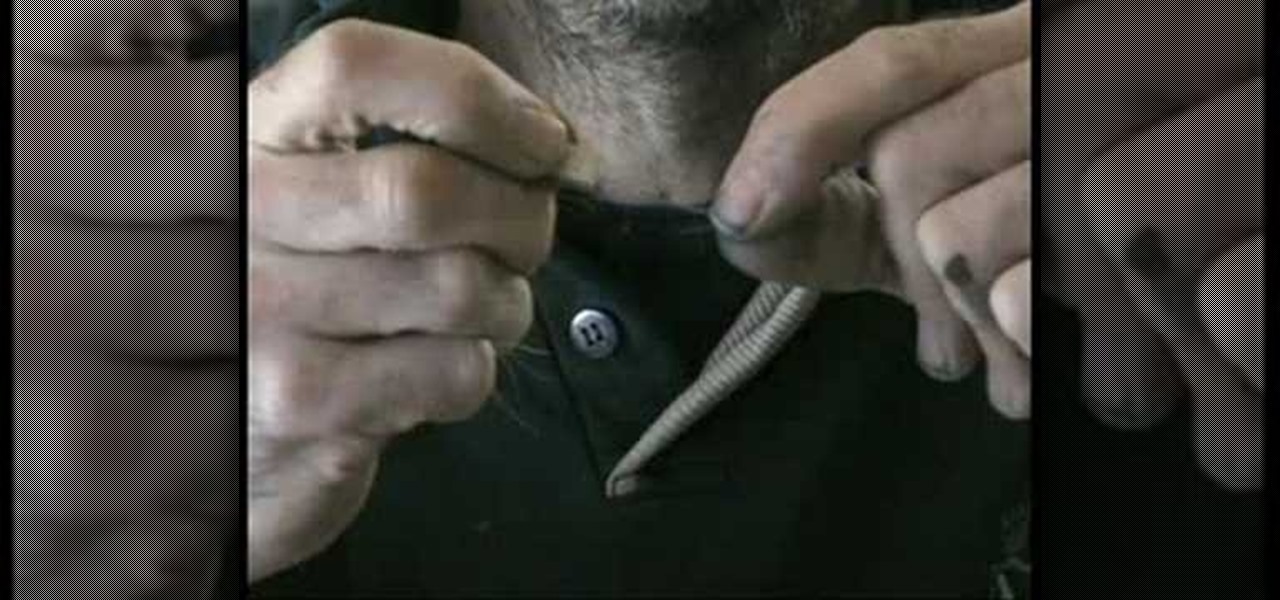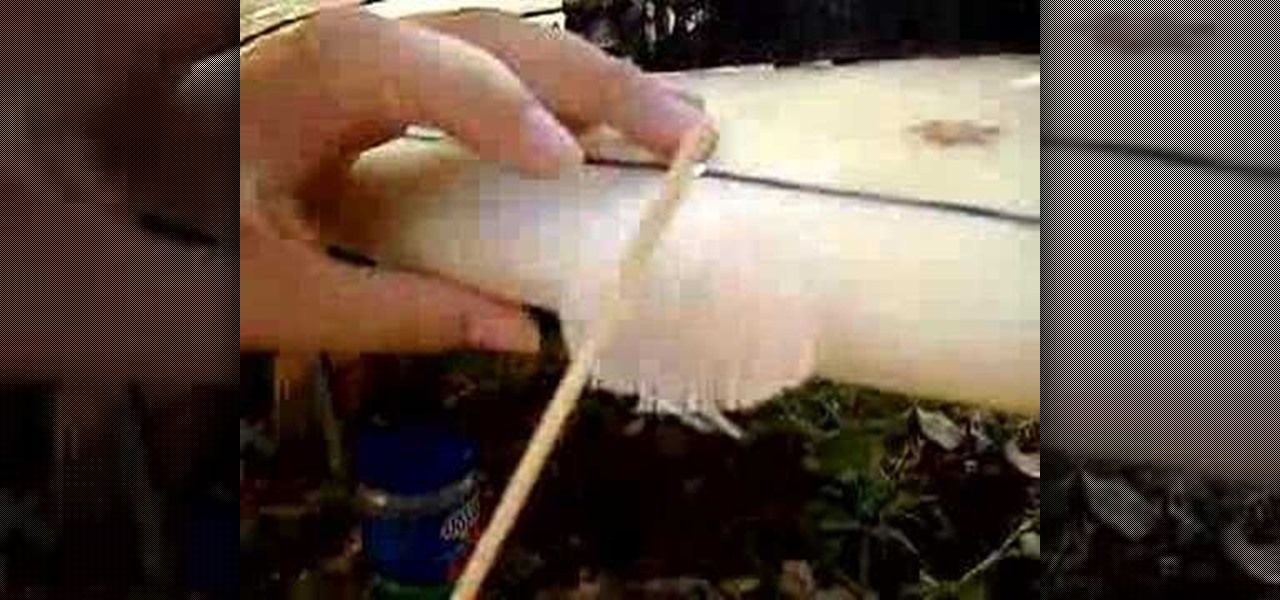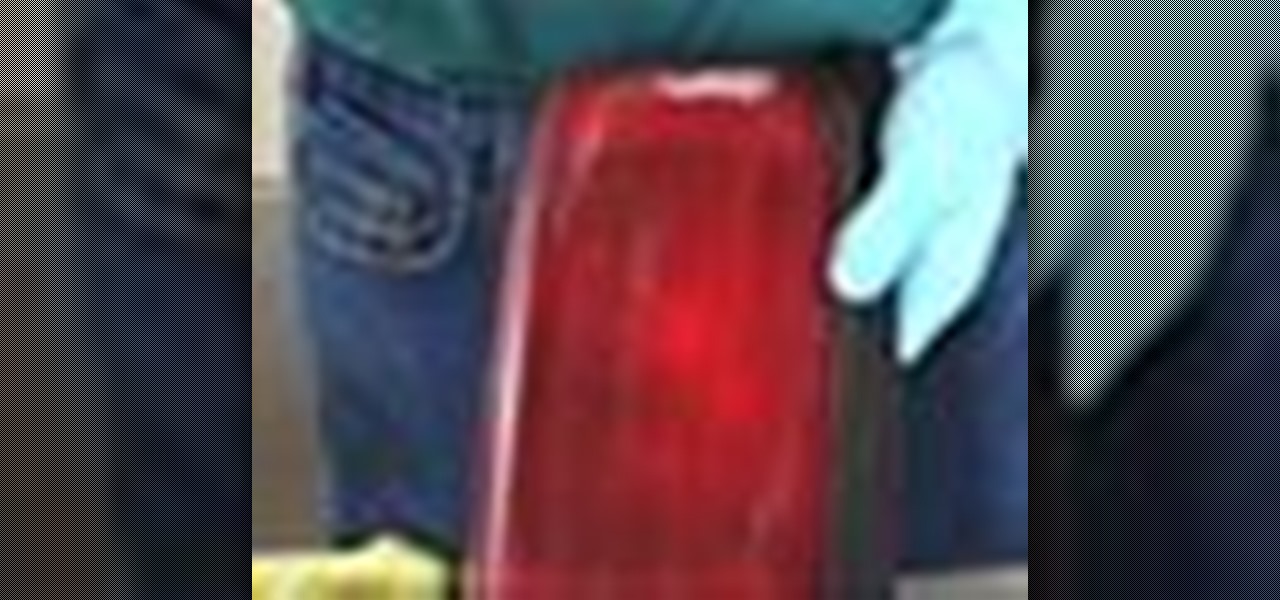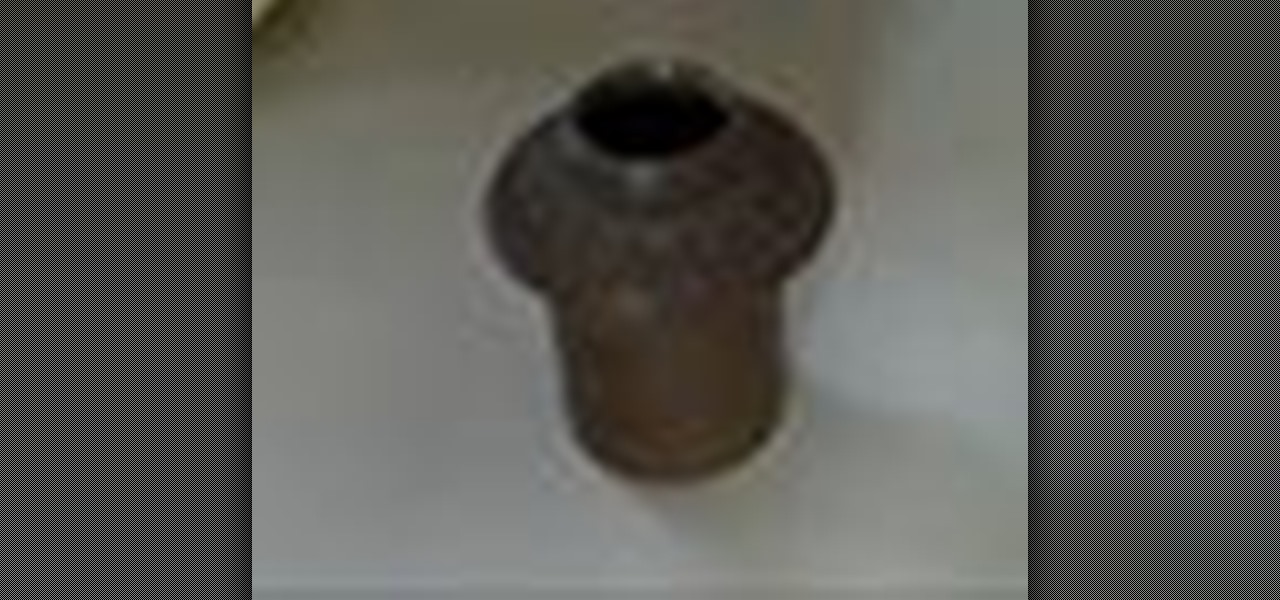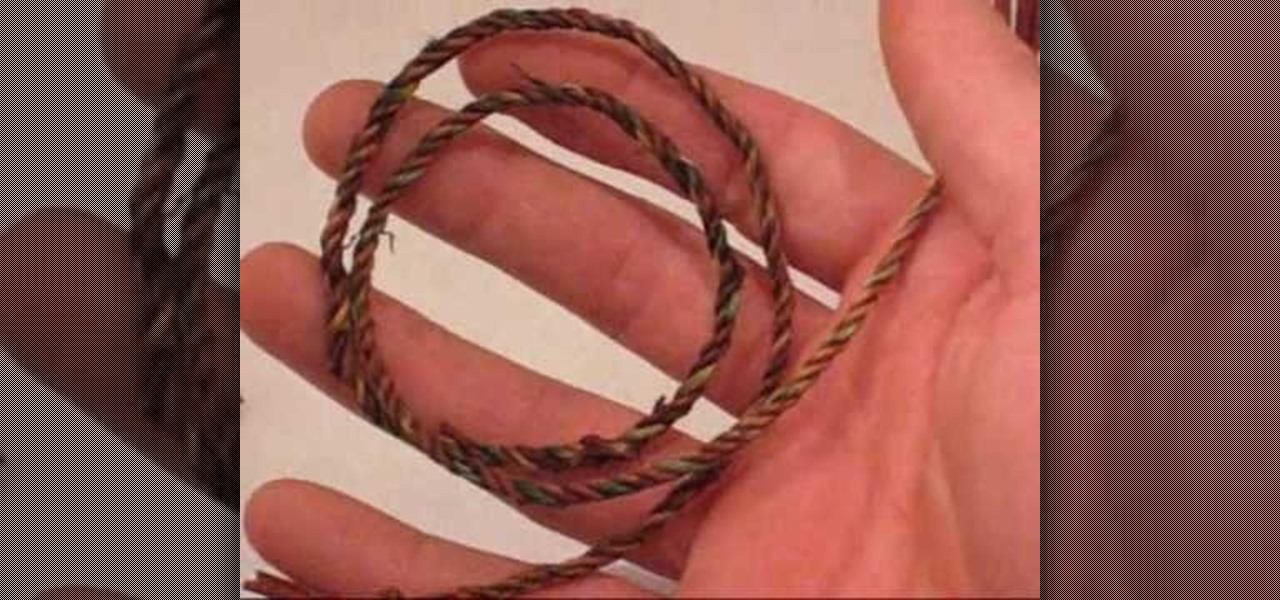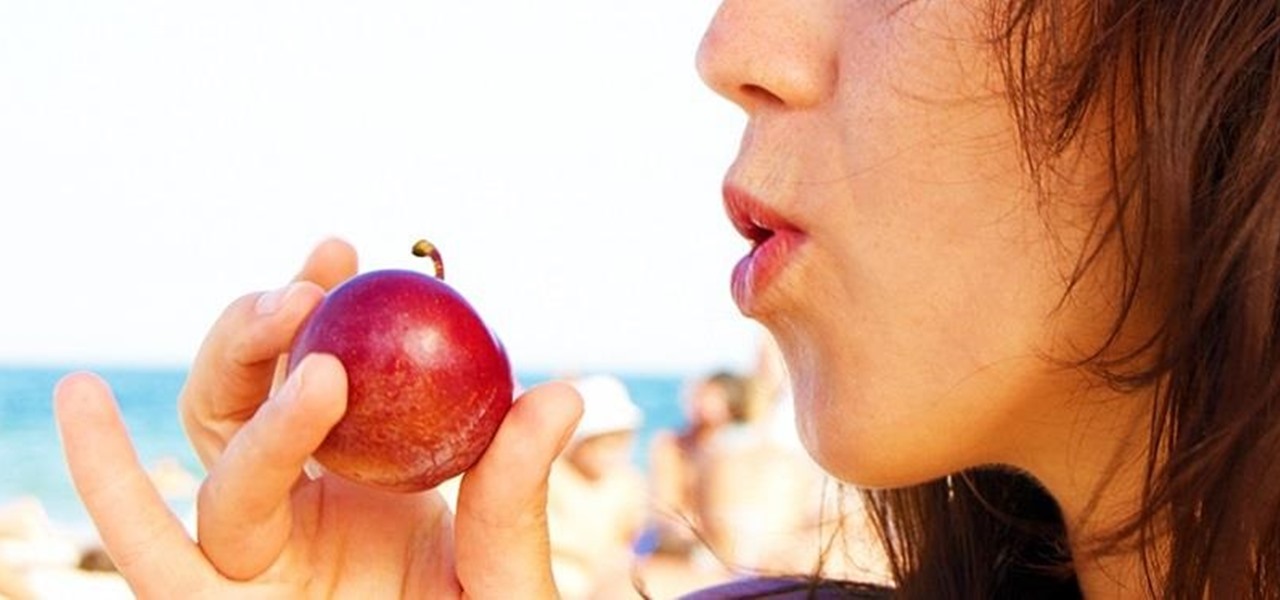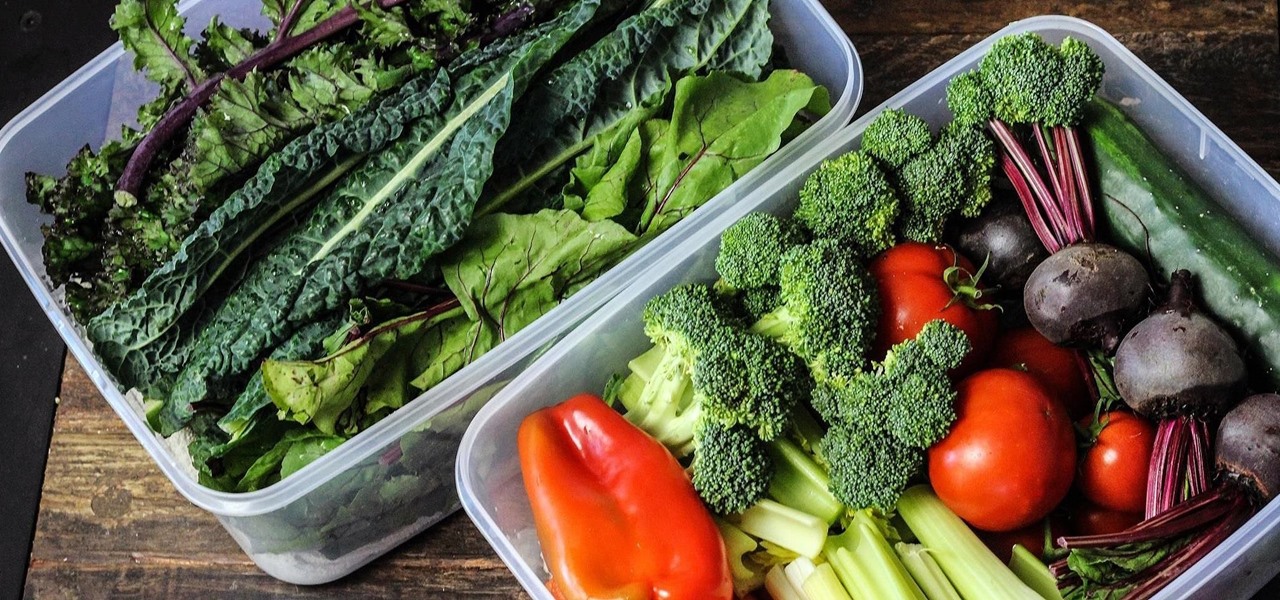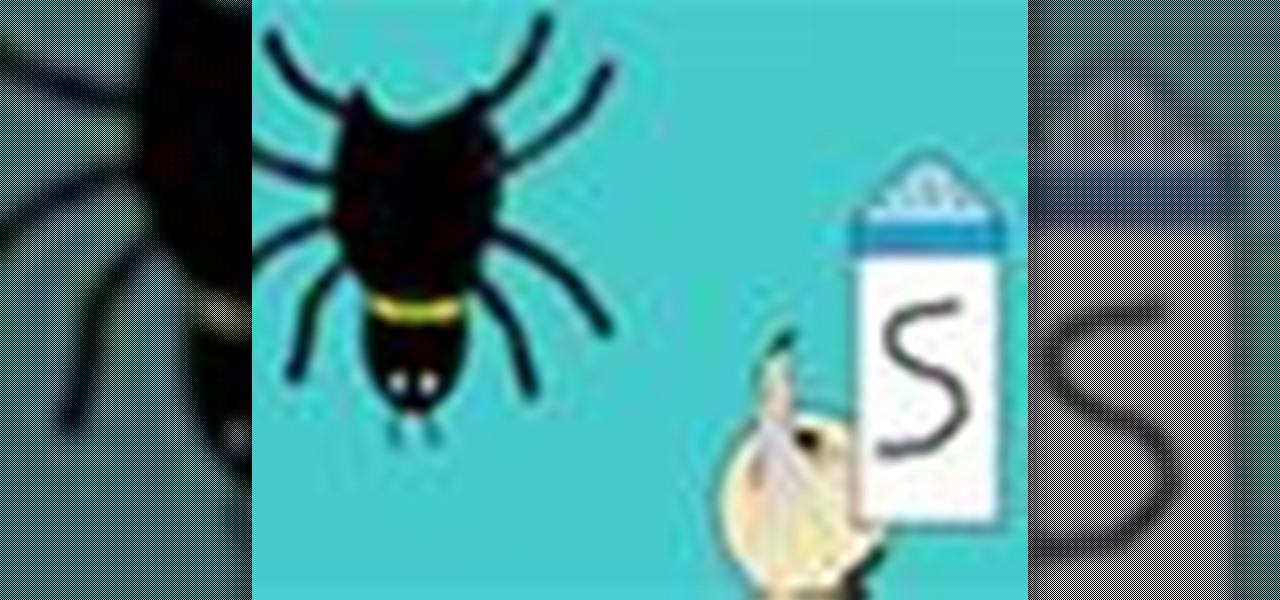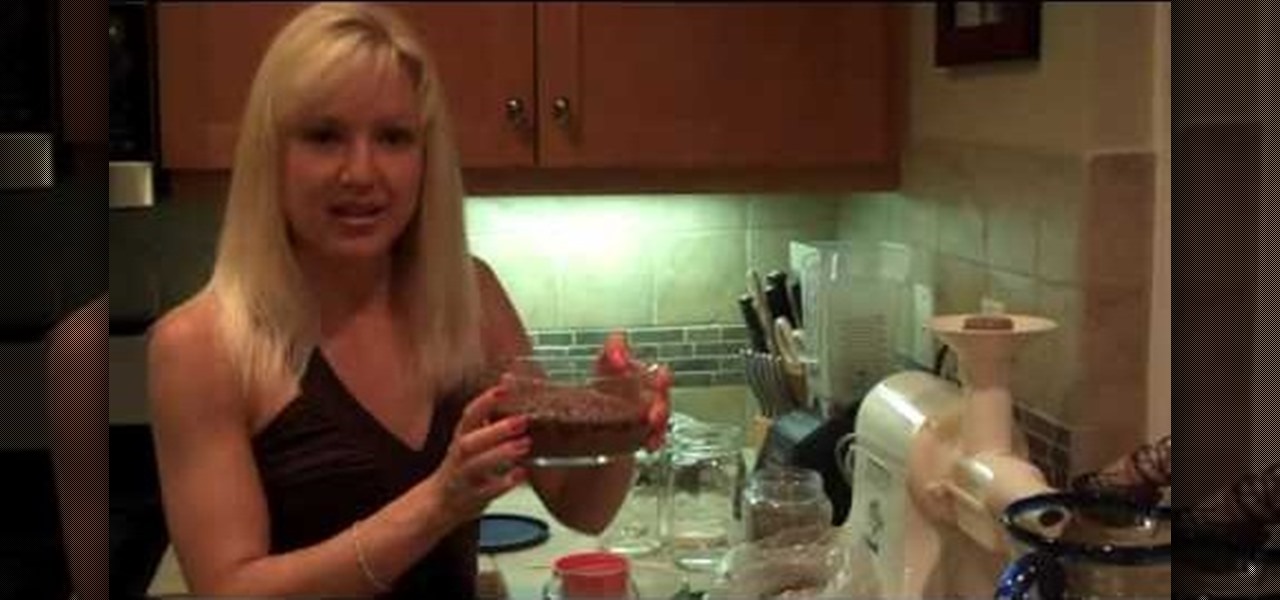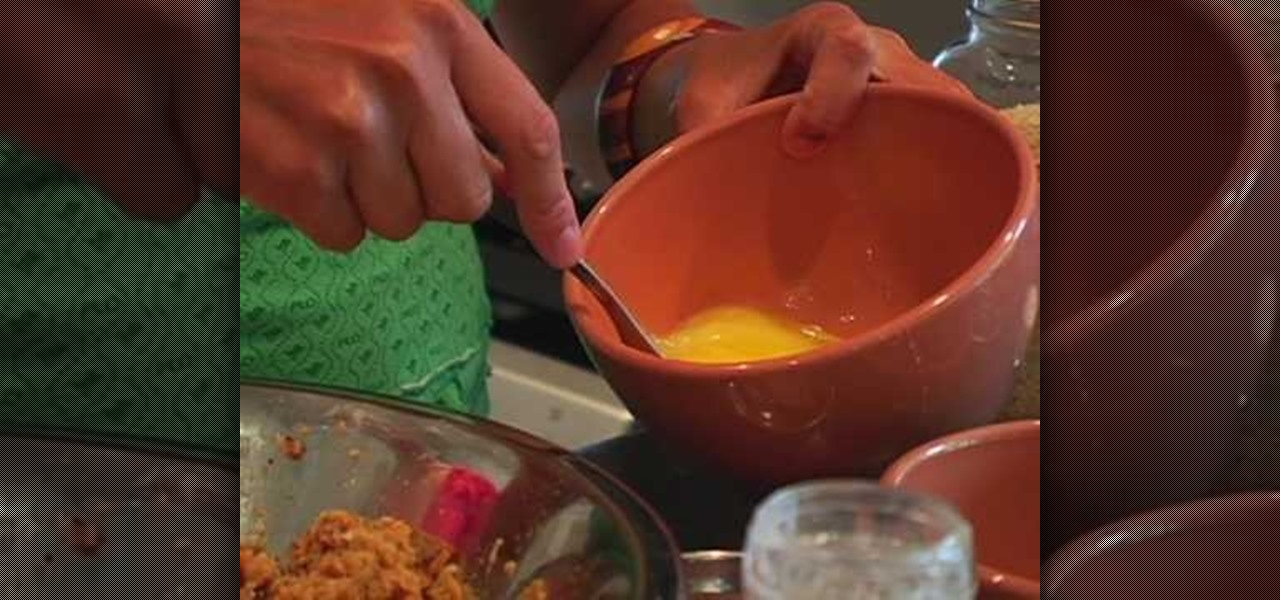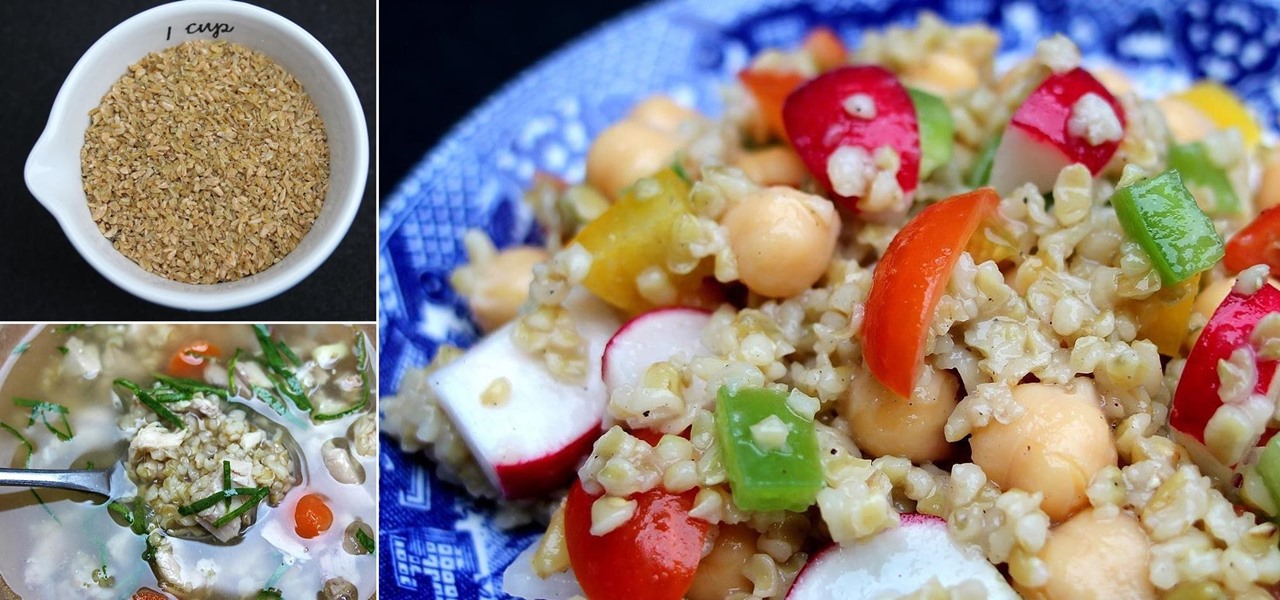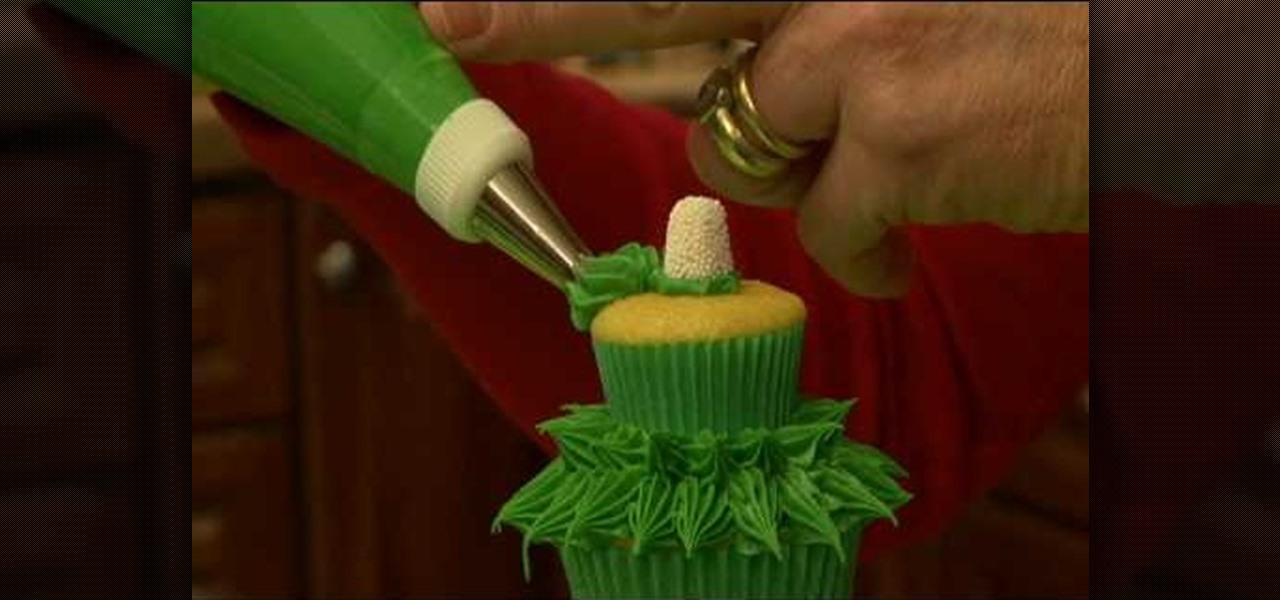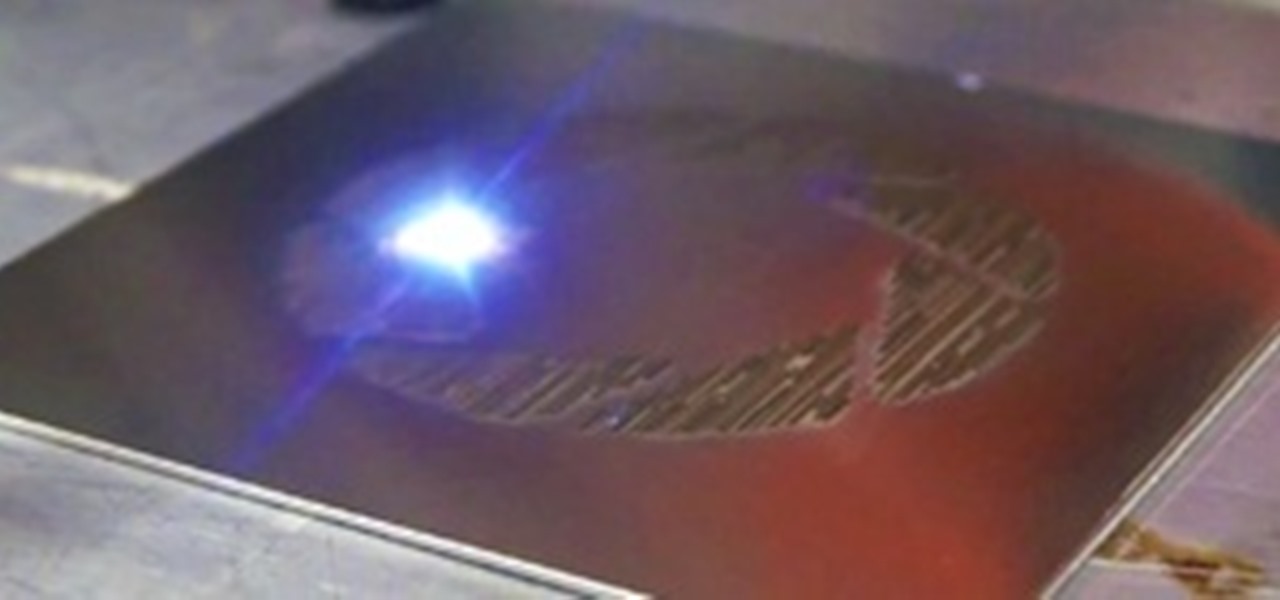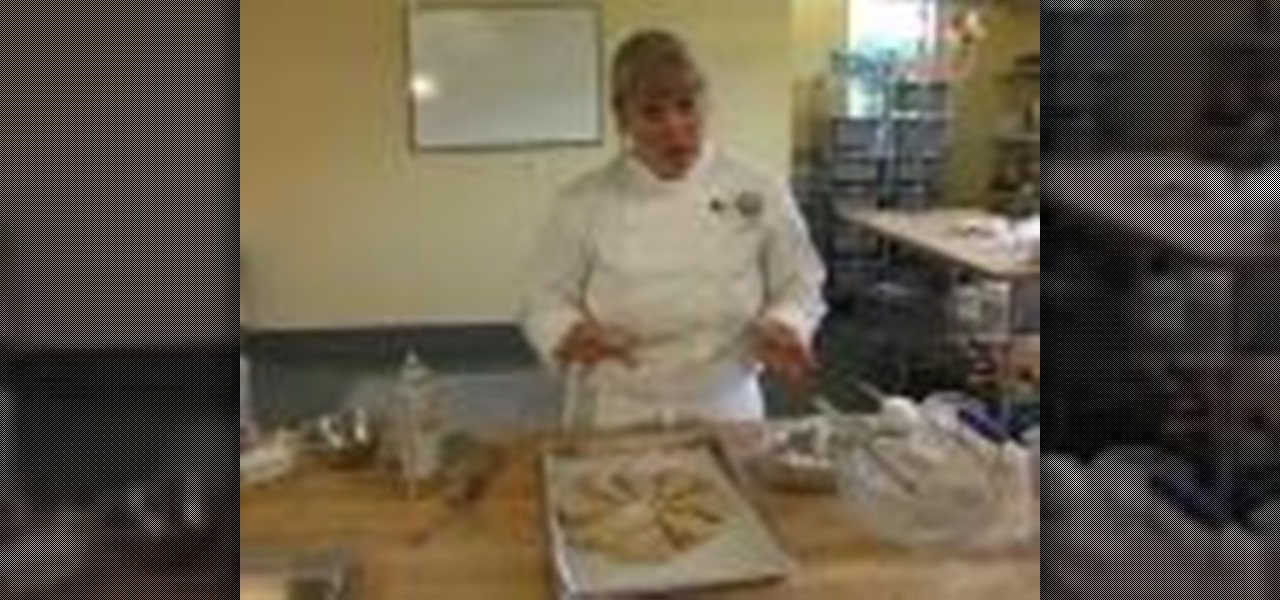
In this recipe add a little bit of healthy fiber to your scones. Learn how to prepare whole wheat cranberry scones with an orange zest and serve it with coffee and tea. These sweet English treats are wonderful at breakfast or anytime throughout the day. Enjoy!
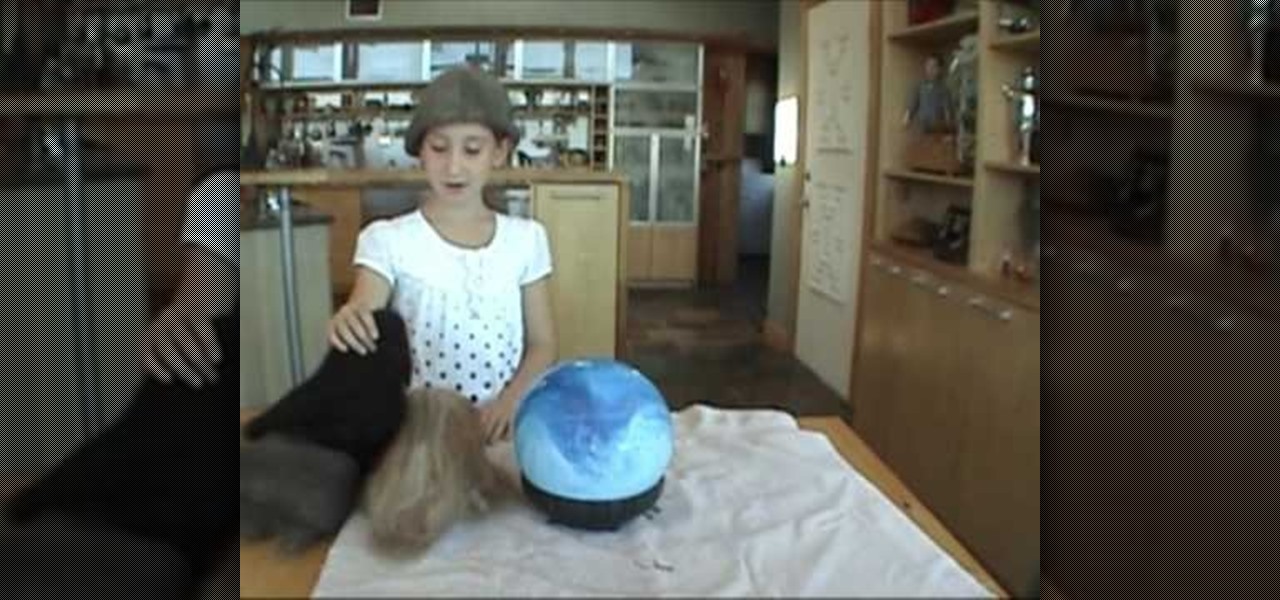
Alpacas don't need all that body hair. Why not put it to some use and create a hat with the water felting method. You can even use a regular ball to help shape the hat. Just follow this instructional video and you'll be sporting your own hat in no time.
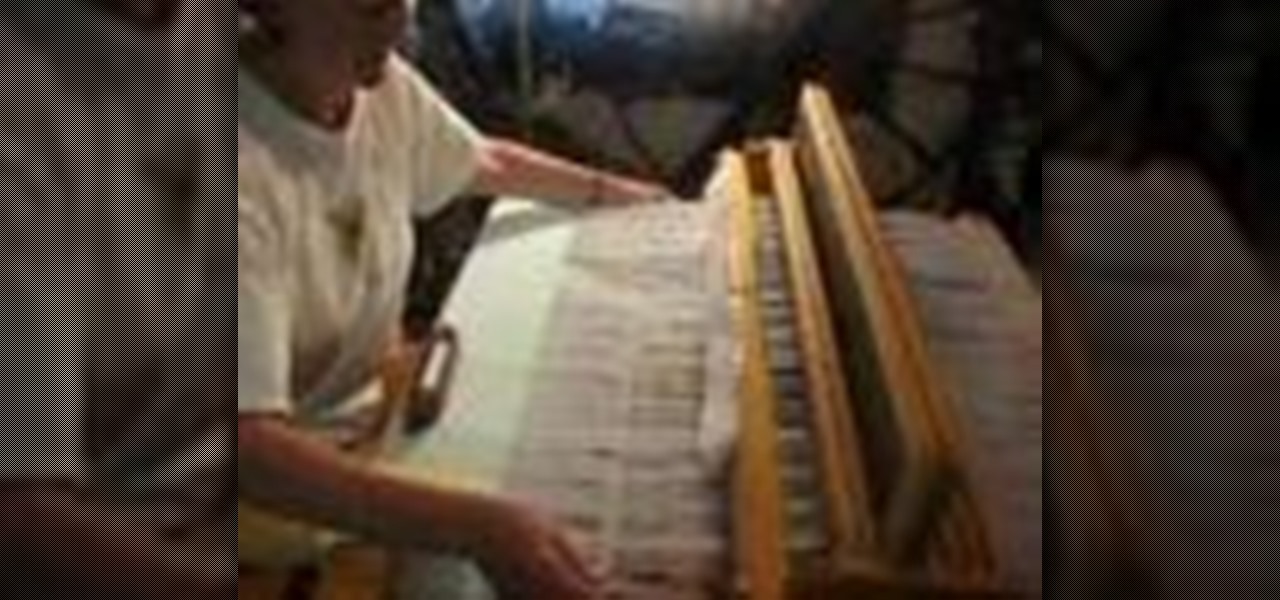
Watch this weaving demonstrationi video to learn how to weave an overshot coverlet on a Jack loom. Beginning steps for weaving on the Jack Loom:

Learn tips on this video from Garden Girl on how to shear your urban livestock. Garden Girl is going to shear a pygora goat. They are a mixture of an angora goat and a pygmy goat. Their unique fiber hand spins into a beautiful yarn.
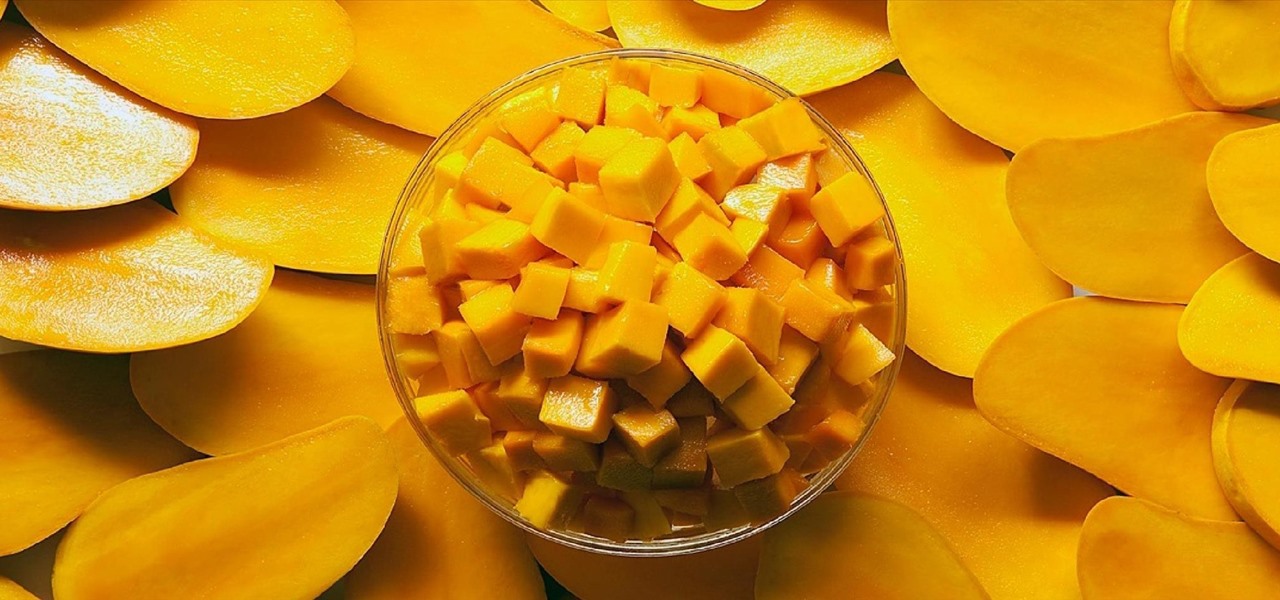
Biting into a perfectly ripe mango is living proof of nature's goodness. The flesh is at once creamy, smooth, tart, and sweet. Plus they're incredibly good for you.
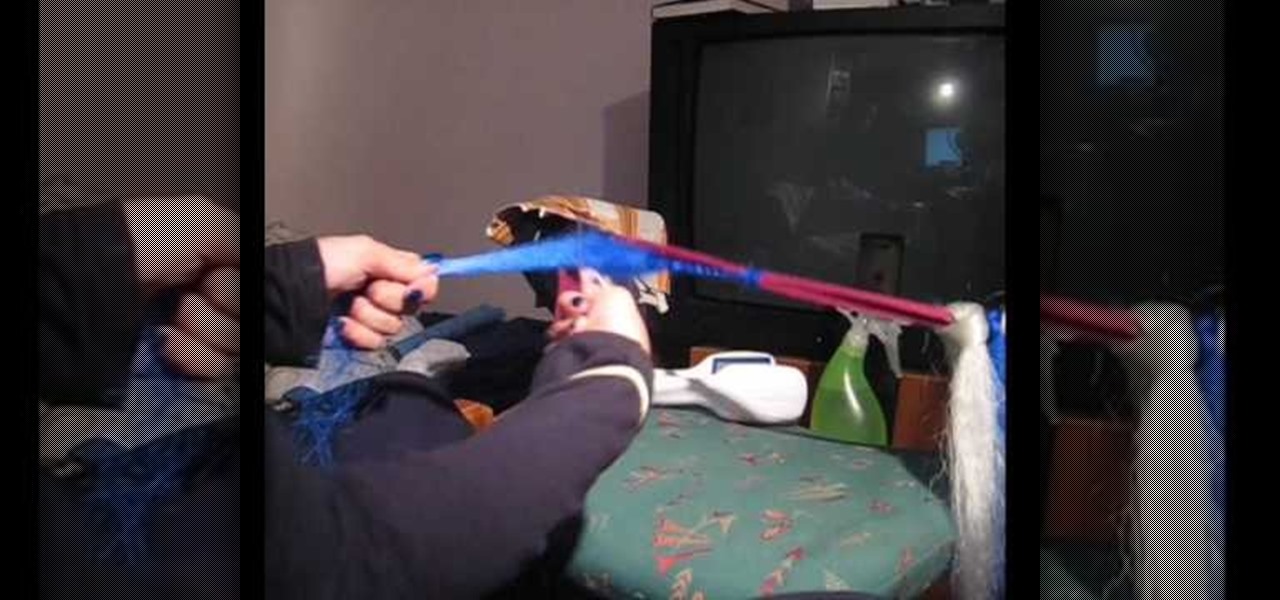
This beauty and style video demonstrates how to make transitional dreads. First the color of fibers is chosen of required lengths. The strands are put around elastic supports held taught by two posts of bed or other furniture. The base color, in this case blue, is pleated like hair up to a length required. Before pleating, the fibers are loosened with a comb. The lower portion below the pleats is loosened with a comb and twisted tight. Over the pleats the other color, in this case cream, is w...

Hemp is an extremely strong industrial fiber, as well as an extremely resilient soft fiber. This video from Watchmojo.com will show you how you can use hemp and beads to make your very own hemp jewelry.

Need a nutritious and delicious side dish that you can make in a jiffy? It sounds impossible, but these baked artichoke hearts fit just the bill. Made with fiber-rich artichoke hearts, this dish will be quite the crowd-pleaser.

One of the great things about polyester is that it doesn't wrinkle as easily as cotton and other natural fibers. It still can though, and you can't iron it, so watch this video to learn how to get the wrinkles out of any polyester item.

Hemp is a great and underutilized fiber for making all sorts of things. Watch this video to learn how to make a really cool hemp bracelet or necklace quickly and easily from twine, beads, and knots.

Brussels sprouts are tasty veggies, but if you would like to make them even tastier and are short on time, check out this clip. In this video, you will learn how to add spices and pancetta to your sprouts and get a whole new taste. Fiber has never tasted so yummy! Enjoy!

Okay, so you're probably wondering, first of all, what the heck a TYVEK bag is. Well, dear viewer, TYVEK is a high-density polyethylene blend of fibers that's lightweight and opaque.

In the words of Gertrude Stein, a rose is a rose is a brightly-colored cellulose fiber sculpture. With this free video guide, you'll learn how to liven up your home's décor with your own small, custom decorative paper roses. For more information, including a step-by-step overview of the process, and to get started crafting your own paper flowers, watch this free video tutorial.

In the words of Gertrude Stein, a rose is a rose is a brightly-colored cellulose fiber sculpture. And with this free video guide, you'll learn how to make your own small paper roses from folded paper using the Japanese art of origami. For more information, including a step-by-step overview of the folding process, watch this free origami lesson.

Alaskaflyfish.net's Flashback Max demonstrates how to tie an interesting and unusual fly. Max uses foxtail in the video, but artificial fibers can also be used. It's an experimental model - untried at the time the video was posted - but you're invited to give it a try in the field and see what sort of results you get.

Serving pears today carries a special cachet. It's really worth knowing more about them. Pears can be poached, baked, grilled or roasted. One of the most delicate tasks is to match the right pear with the right cheese. Pears are one of most high fiber fruits.

Here's how to place grass into your diorama scenery. These tactics may be familiar to model train builders, but there are endless fibers that can create texture for miniature landscapes. Make grass for dioramas, Warhammer, architectural models and other miniatures.

You may find this hard to believe but one of the reasons people go to the pharmacy is for constipation. Learn home remedies and medications to prevent and treat constipation from Pharmacologist Joe Graedon and Dr. Terry Graedon in this this how to video. Start with fiber, stool softeners and sugarless gum to stay regular.

Check out this series of metalworking videos showing blacksmithing techniques to create a hand crafted fiber optic lighted chandelier. This video shows the forging and hot bending of the arms for the chandelier.

This video compilation shows you how to create various LED and fiber optic hacks and projects the average Joe can assemble to create one hell of an awesome, wild party.

How to fix a small ding in your surfboard and the right way. First sand the ding. Cut out a patch of fiber glass to fit over the ding. Apply resin. Let it dry. Then apply another layer of glass.

Watch this video tutorial from the Polish Guy to see how to clean a car taillight with Autosol Polish. In this demonstration we use Autosol Polish to clean and restore a car tail light. The tutorial includes detailed work instructions and best practices.

Watch this video tutorial from the Polish Guy to see how to polish and restore a brass lamp font with Simichrome Polish. In this demonstration tutorial we use Simichrome to polish a piece of brass. The tutorial includes a detailed work instructions and best practices.

Watch this video tutorial from the Polish Guy to see how to polish an Andersen Door Handle using Simichrome. In this demonstration we use Simichrome to polish an Andersen Perma-Shield Frenchwood hinged patio door’s brass entrance handle. The tutorial includes a detailed work instructions and best practices.

This video demonstrates how to make natural fiber rope using Douglas iris, a plant which is found along the Pacific coast from Santa Barbara from to Oregon. Before beginning, you should know that Douglas iris is poisonous when eaten, but it should be safe when you are handling it. The plant blooms every spring and dies every winter and has a brighter green color on top and a duller green towards the stalk, with a dark purple tint near the roots. You should collect plants which have died from ...

This dish is a popular one of the streets of India. It's a great dish that is easy to eat and can take one bite to devour. This tutorial will focus on one part of the dish, the pani in the panu puri dish. Enjoy!

Even as someone with super pale skin that burns instead of tanning, I don't use sunscreen nearly as often as I should. Or, uh...ever. My skin cancer prevention routine mostly involves hiding from the sun as much as humanly possible. If you're like me and hate the greasy feeling of sunscreen, there are other ways you can protect your skin by increasing your sun tolerance. Your diet actually has a lot to do with how easily you burn, so by getting enough of a few key nutrients, you can decrease ...

Ever wondered how to make slime? Now you can learn! Make slime just like they use on Nickelodeon for Halloween, pranks, or just to play with! So gather up your ingredients and get cookin'!

We tend to assume that eating is mostly a physical act, but the mind has so much to do with the choices we make.

Sometimes it's hard to find the time to watch your diet. When you're in a rush, you'll eat whatever you can. Many people grab snacks without considering food quality. But there are healthy vending options.

Spiders. They live around you, the sleep next to, and they hide in the corners of your room. They're considered pests by most people, but to some, then considered a delicacy. Believe or not, the strongest natural fiber known is from the silk of the Nephila spider, but that spider is nothing compared to a huge, hairy, hideous tarantula. Tarantulas have been a delicacy for years. Enjoy one of these recipes when they are hot and crispy.

Wants to add more nuts and seeds to your diet but don't know the best way to incorporate them? With this video tutorial, let Kardena from Kardena's Kitchen show you how to get the most out of a variety of nuts and seeds for maximum flavor and nutritional value.

Veggie Burgers are a nutritional alternative to beef burgers. Many people don't think of making their own veggie burgers but they are really easy to make at home. Store bought veggie burgers are nutritional but often very high in sodium and preservatives.

We all know you are what you eat—or so the expression goes—but it's good to remember that what you are (at least intestinally) is mainly bacteria. A new study has shown that what you eat, and how your gut microbiome reacts to that food, might be a key player in your risk of developing a certain type of colon cancer—and changing your diet can help decrease your risk.

You and one of your buddy eat a lot of fiber for two days, Don't go to the bathroom for these days,

You don't have to be a Cirque du Soleil freak to show off fire-eating skills. Learn how to use a clever science trick to eat fire without totally killing yourself.

If the all the fingerlike projections in our gut were flattened out, its surface area would be 100 times bigger than our skin's. It's so large that the actions of just a small part of it can impact our health. A new research study has found that enterochromaffin cells in the intestinal lining alert the nervous system to signs of trouble in the gut — trouble that ranges from bacterial products to inflammatory food molecules.

Freekeh is the next great supergrain that you might not have heard of yet. According to nutritionists, it comes out on top compared all to other grains, with more protein, fiber, vitamins, minerals, and a lower glycemic index.

The only thing better than eating a cupcake is eating two cupcakes, and the only thing better than eating two cupcakes is, as it follows, eating three. So imagine the way your kids' faces will light up when you bake them these gigantic Christmas tree cupcakes!

Most of your who visit Fear of Lightning are probably well familiar with laser weaponry, thanks to Christopher's three-part series covering carbon dioxide, flashlamp, and semiconductor lasers. Another type of laser currently being developed as a weapon is the fiber laser, which is compact and efficient, but much weaker than a chemical laser. Fiber lasers are more commonly used in laser cutting and marking, telecommunications, spectroscopy, and of course... music.











